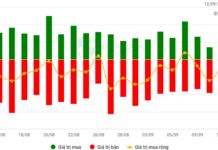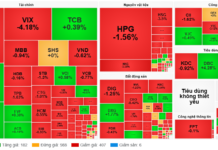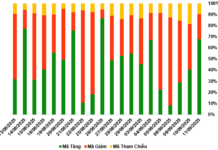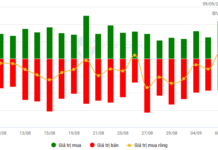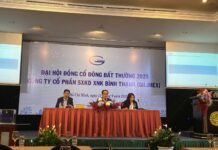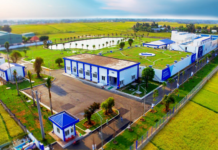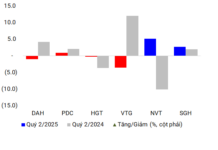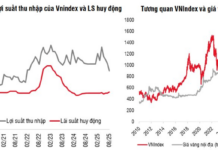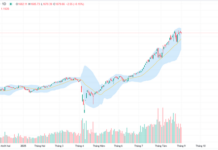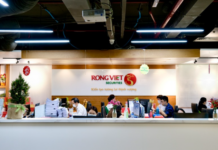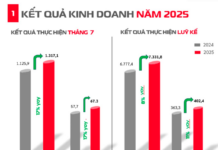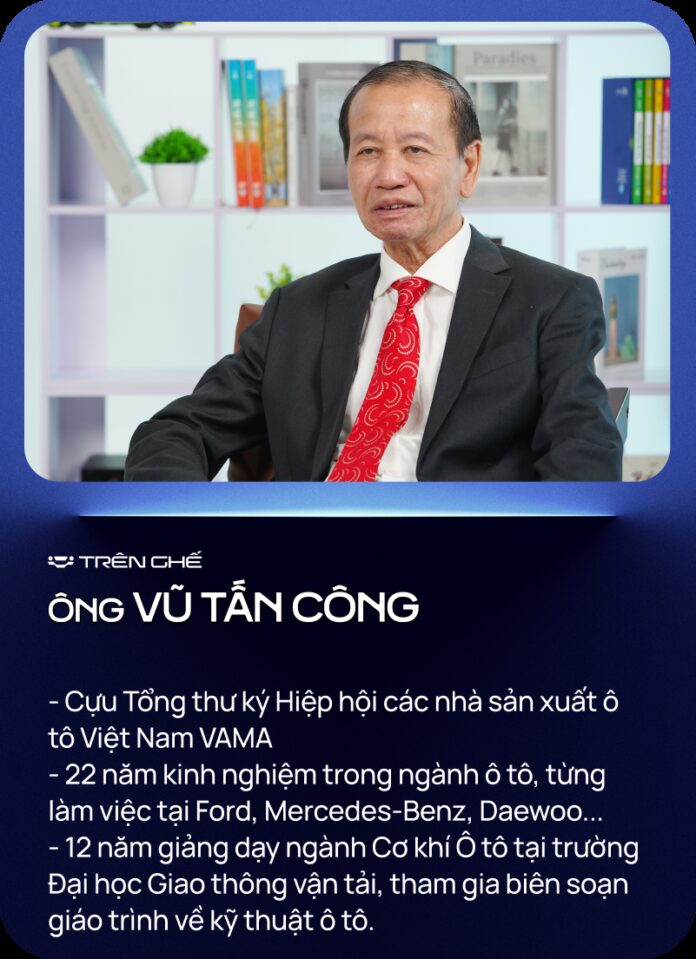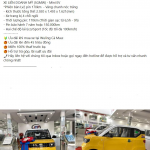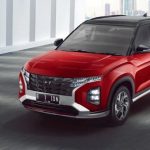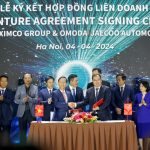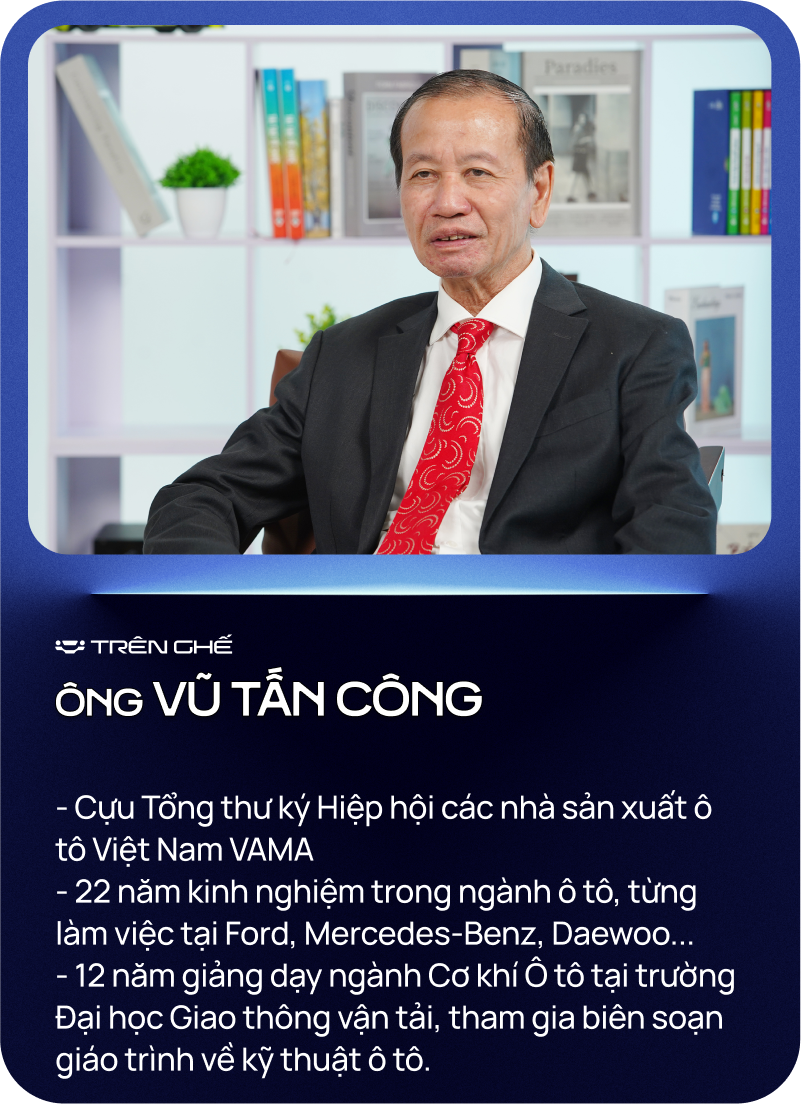
An insightful discussion between host Đăng Việt and expert Vũ Tấn Công on Omoda & Jaecoo’s cautious approach to entering the Vietnamese market.
In this exchange, they delve into the topic: “Have Omoda & Jaecoo been too cautious?”
With over two years of market research before their official launch and car sales in Vietnam in September, were Omoda & Jaecoo overly cautious in your opinion, Mr. Vũ Tấn Công?
From my perspective, there are three fundamental aspects that an investor must address to initiate a CKD-type automobile manufacturing project in Vietnam.
Firstly, the investor needs to conduct thorough research on Vietnam’s automotive market to identify vehicle types that align with local preferences. Subsequently, they must engage in an in-depth study of the technical specifications for each car model, commonly known as a car clinic. This crucial step informs the decision-making process regarding the production of vehicles that match market demands. Getting the product right for the market is paramount; otherwise, it spells disaster.
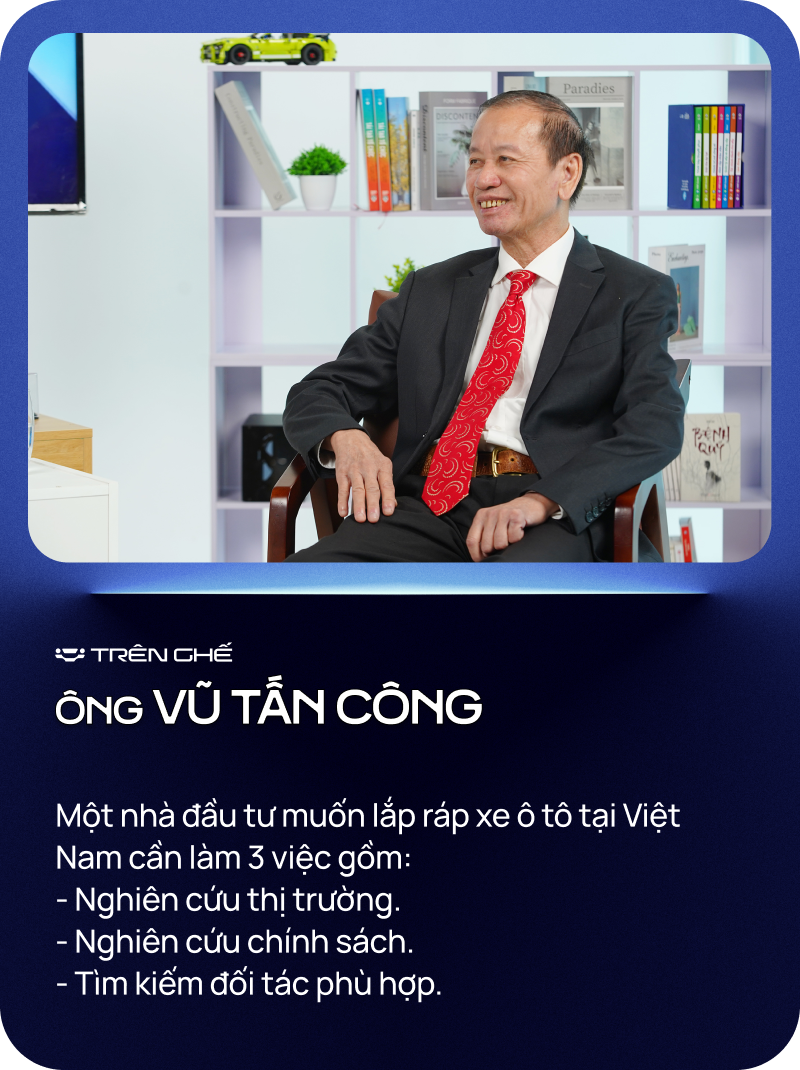
Mr. Vũ Tấn Công shares his expert insights on Omoda & Jaecoo’s cautious approach to entering the Vietnamese market.
Secondly, the investor needs to be well-versed in the Vietnamese government’s policies regarding automotive industrial production. Additionally, they should explore the policies of the local government where the factory will be located, along with any business support measures available.
Thirdly, the investor needs to establish standards and seek out suitable Vietnamese partners for their project.
Based on my experience consulting for numerous car brands, completing these three tasks typically takes one to three years. Therefore, I believe that Omoda & Jaecoo exercised prudence by investing two years in market research in Vietnam.
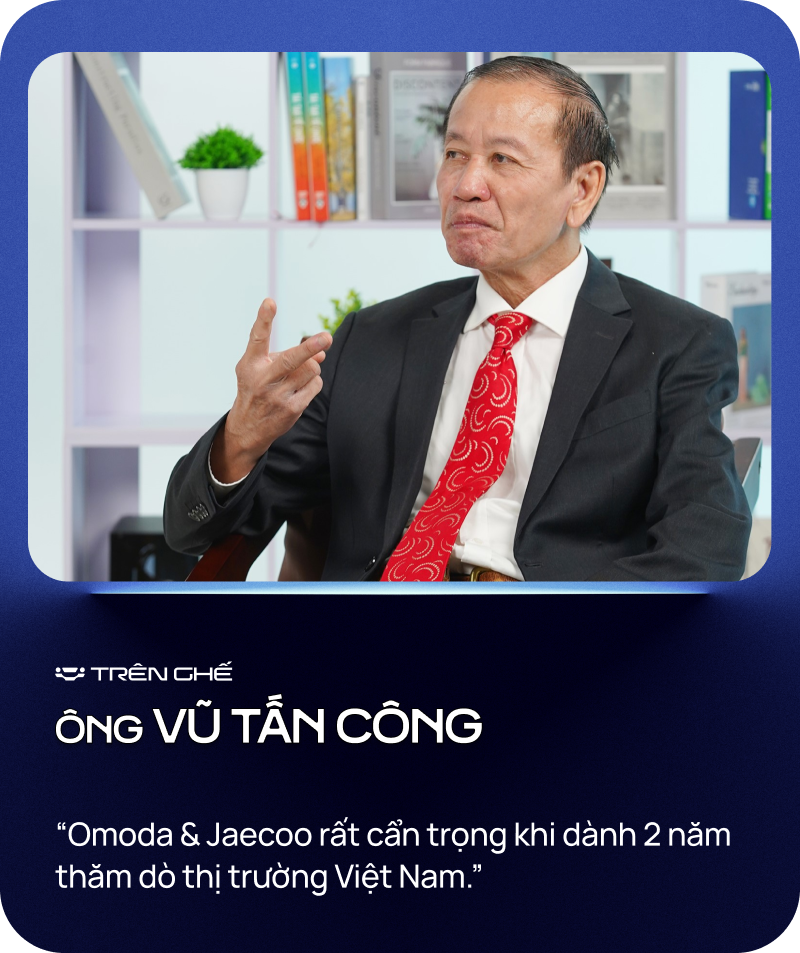
Mr. Công emphasizes the importance of finding the right local partner for a successful venture.
You mentioned the significance of finding the right local partner. What are your thoughts on Omoda & Jaecoo’s collaboration with Geleximco in Vietnam?
– An excellent question.
Firstly, Geleximco lacks experience in automobile manufacturing, possessing only expertise in manufacturing motorcycle components. In my view, this isn’t a significant issue. The Chinese partner has a long history of car manufacturing and can transfer technology and train Geleximco’s Vietnamese workers. This shouldn’t pose any major challenges.
Secondly, Geleximco’s lack of experience in automobile business operations is a more substantial concern. Automobile sales differ from those of other products. A novice company may encounter difficulties in various aspects, from developing dealerships to customer care and sales. Thus, Geleximco faces considerable obstacles in this arena.
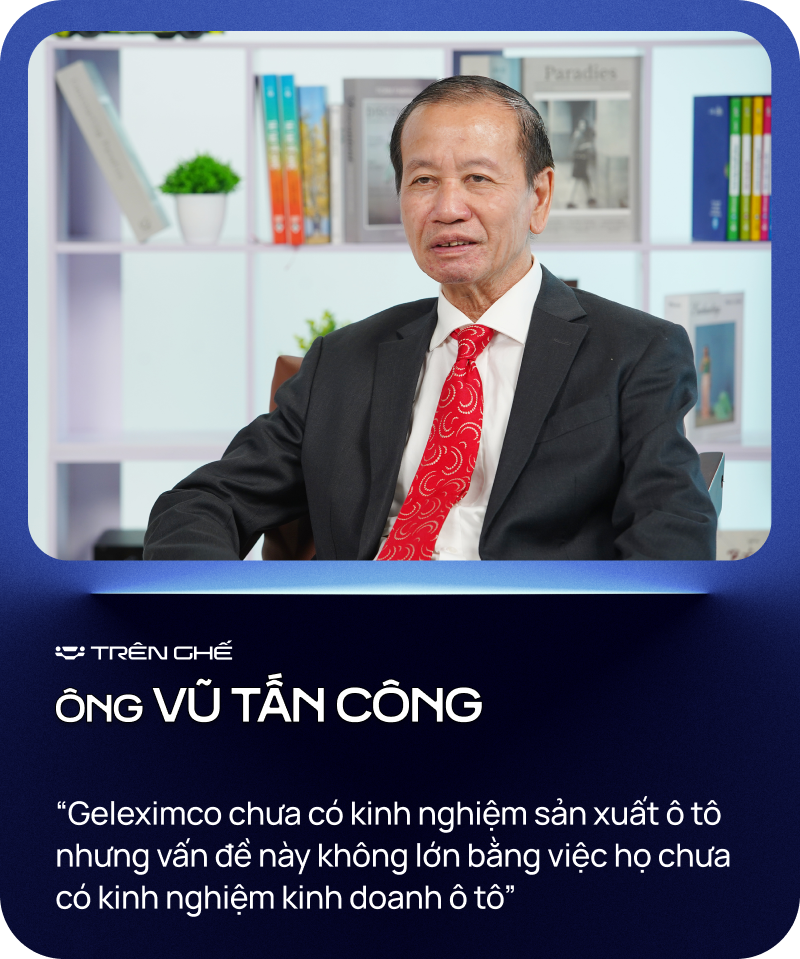
Mr. Công acknowledges the challenges faced by Geleximco but expresses confidence in their financial stability and government relations.
However, I believe there are valid reasons behind the Chinese partner’s choice of Geleximco. Firstly, Geleximco enjoys positive relationships with the Vietnamese government and the local authorities in Thai Binh province, where the factory is expected to be located. This is a crucial factor, if not the key to the project’s success. Moreover, my research indicates that Geleximco is financially stable, which is another essential element for a successful venture.
Of course, challenges remain. Firstly, their products will face intense competition from other Chinese brands like BYD and Aion, as well as renowned automakers such as Toyota, Honda, Hyundai, and Kia.
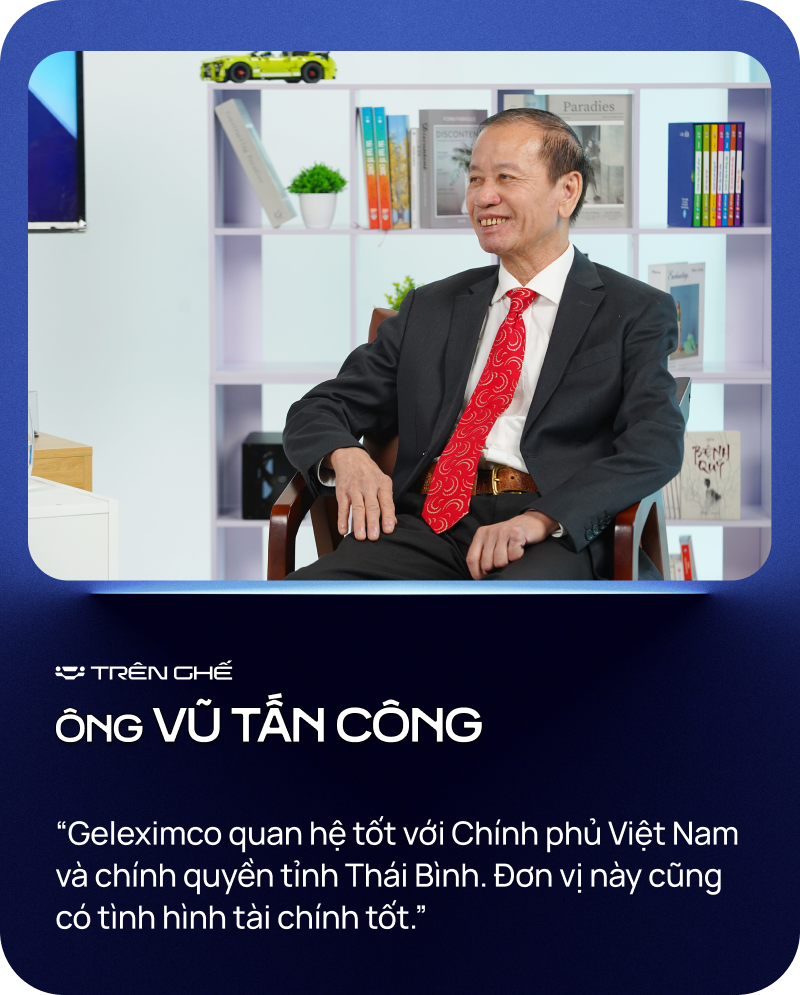
Mr. Công highlights the challenges ahead but remains optimistic about Omoda & Jaecoo and Geleximco’s prospects if they focus on brand building.
However, challenges are inherent in any endeavor. Therefore, I believe that if Omoda & Jaecoo and Geleximco focus on effective brand building, they can succeed. Currently, many Vietnamese consumers are skeptical of Chinese automotive brands.
Previously, in 2009, Chery Group (the parent company of Omoda & Jaecoo) attempted to enter the Vietnamese market but failed. Their vehicles were labeled as low-quality knock-offs, leading to their quiet exit. Hence, Geleximco must prioritize building a strong brand to overcome these negative perceptions.
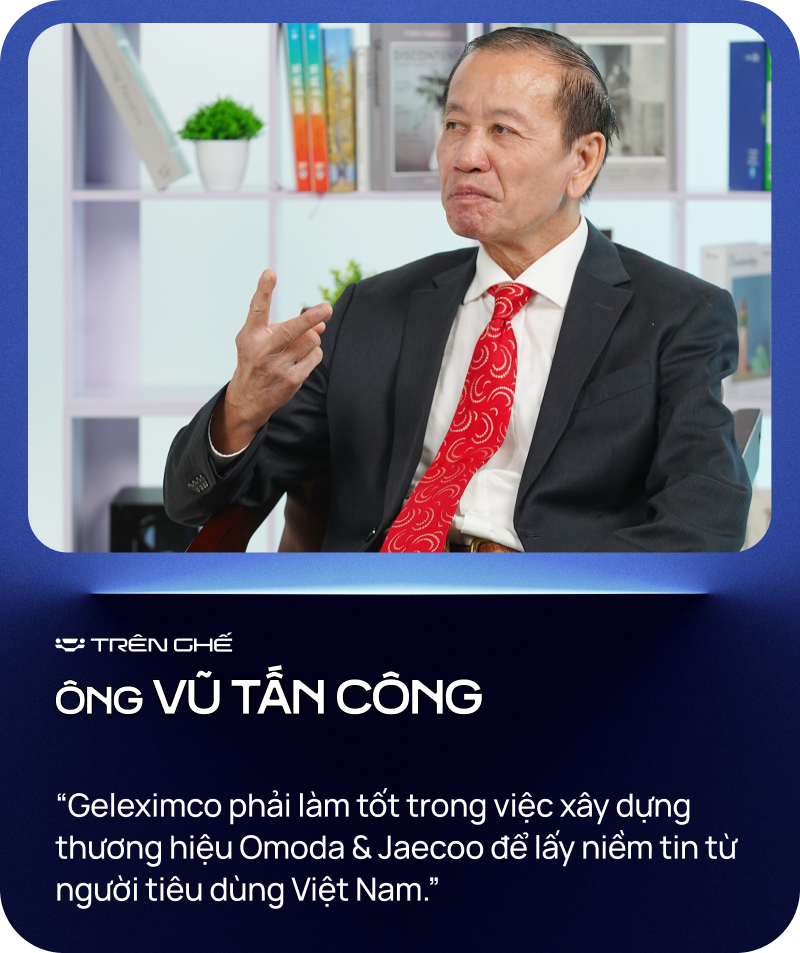
Mr. Công shares his thoughts on Omoda & Jaecoo’s decision to focus on gasoline and hybrid vehicles instead of electric cars.
Omoda & Jaecoo have announced their intention to sell only gasoline and hybrid vehicles, steering clear of electric cars for now. From your perspective, is this product strategy aligned with consumer preferences and market trends?
Regarding electric vehicles, a robust network of charging stations is essential for their successful operation. However, in Vietnam, VinFast is the only automotive company that has successfully established a widespread charging network for its electric cars. This limitation poses a significant barrier to the widespread adoption of electric vehicles.
Additionally, your question prompts me to highlight Omoda & Jaeco’s meticulous research into Vietnam’s regulations and policies.
On July 22, 2022, the Prime Minister issued Decision No. 876/QD-TTg on the transition to green energy and the reduction of carbon and methane emissions in the transportation sector.
This document contains two noteworthy points:
+ By 2040: Gradually limit and eventually stop the production, assembly, and importation of fossil fuel-powered cars, motorcycles, and mopeds for domestic use.
+ By 2050: Achieve a 100% transition to electric and green energy for all road vehicles, construction machinery, and equipment; ensure that all bus stations and rest stops meet green criteria; and convert all fossil fuel-powered machinery and equipment used in loading and unloading operations to electric and green energy.
Considering this timeline, we have over 15 years until 2040 and more than 25 years until 2050. Therefore, Omoda & Jaecoo’s gasoline-powered vehicles can be utilized for at least the next 25 years. In my consulting experience, a car’s typical lifespan is around 20 to 25 years. Thus, their decision to forego electric vehicles at this stage is not a significant concern.
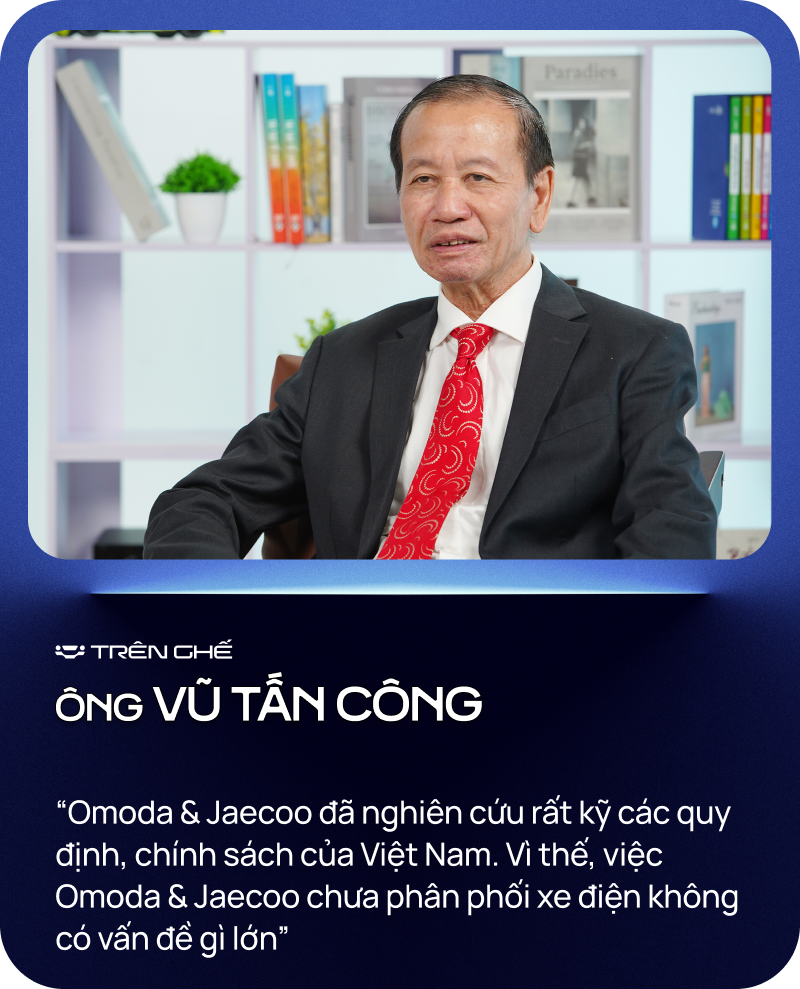
Mr. Vũ Tấn Công expresses his gratitude for the opportunity to share his insights.
Thank you for sharing your valuable insights, Mr. Công.
The Trên Ghế program is a collaboration between Ho Chi Minh City Television Station and VCCorp; AutoPro is the implementing partner, AdWheel is the commercial operator, and Giovanni is the program partner.
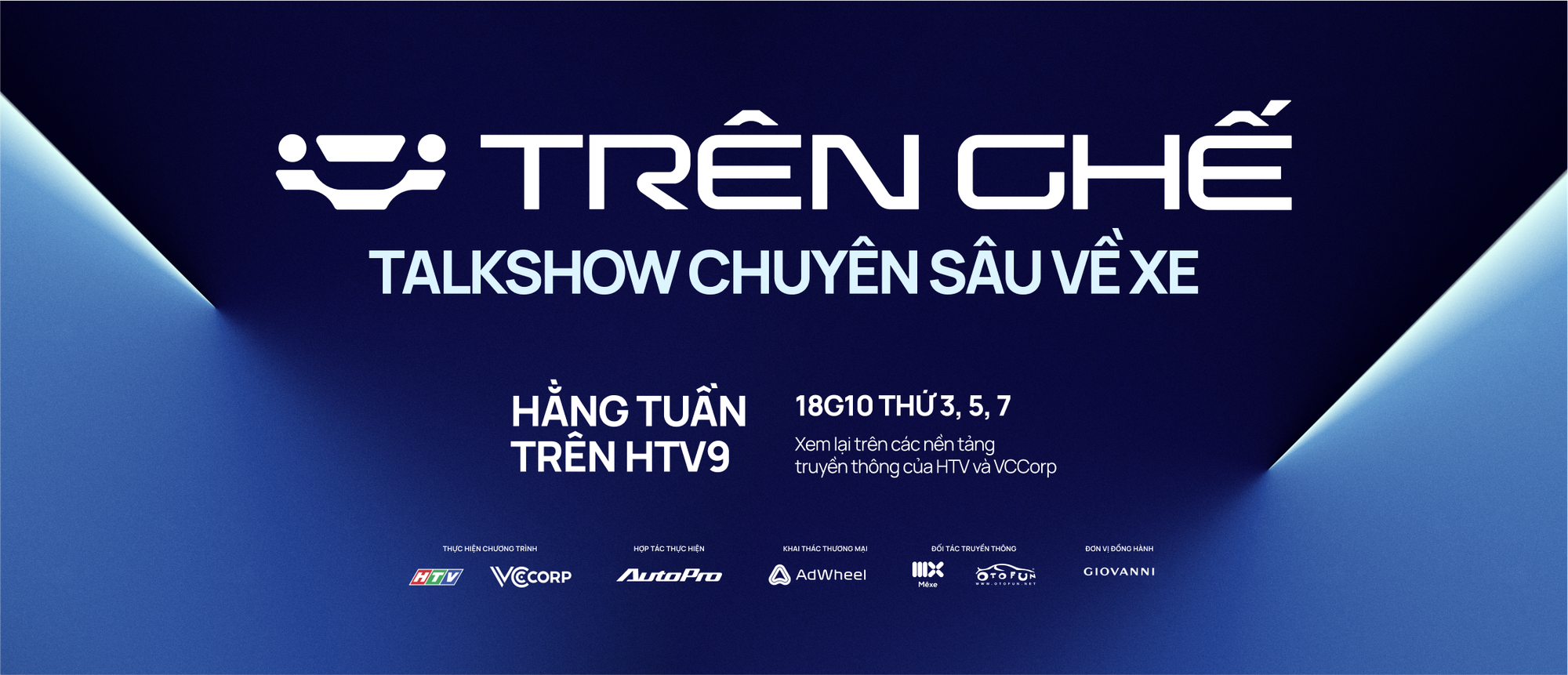
Hyundai Creta receives surprising discounts at the dealer, new price under 600 million VND.
Hyundai Creta is currently being offered by many dealerships with a discount of nearly 60 million VND.

